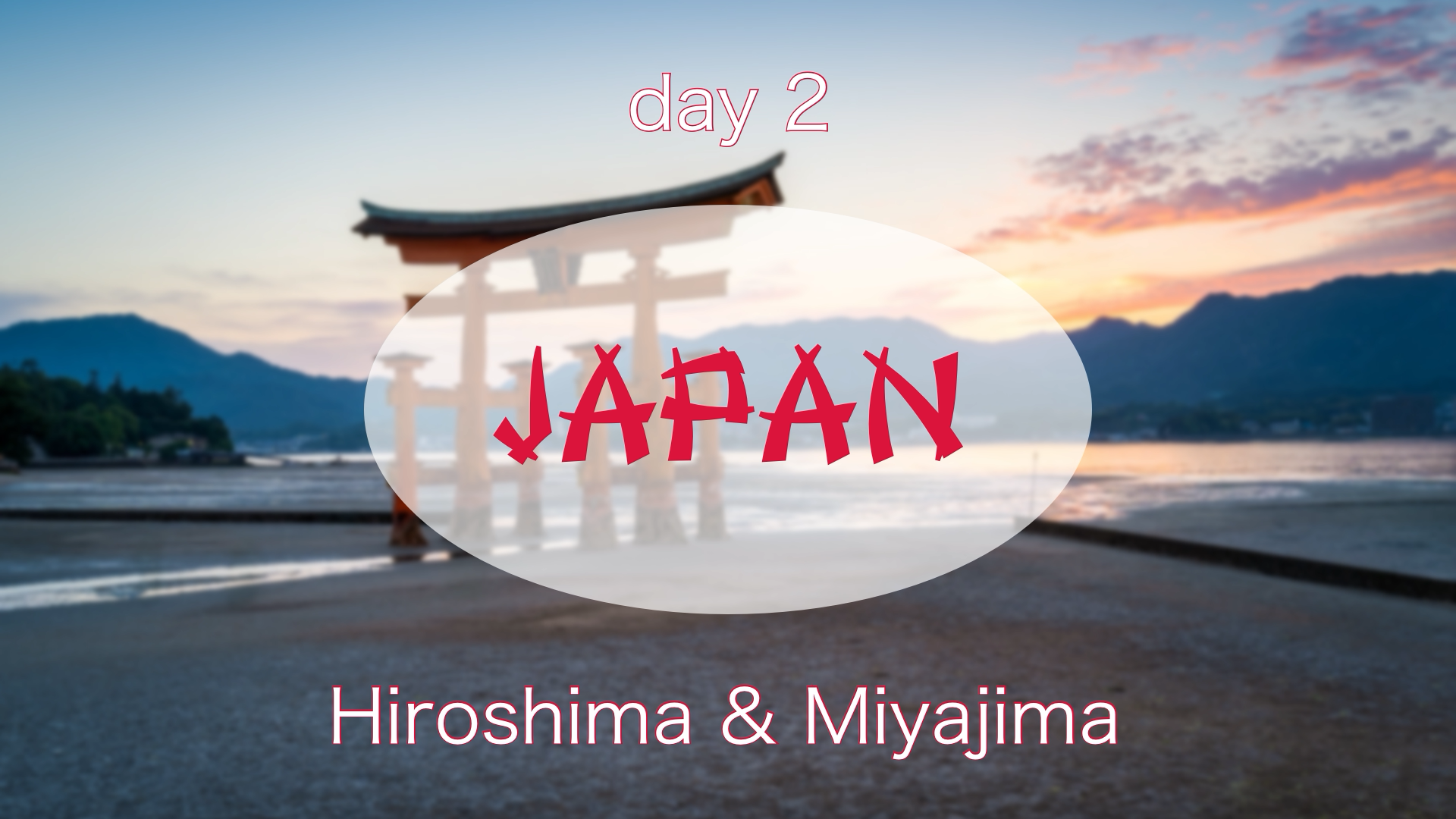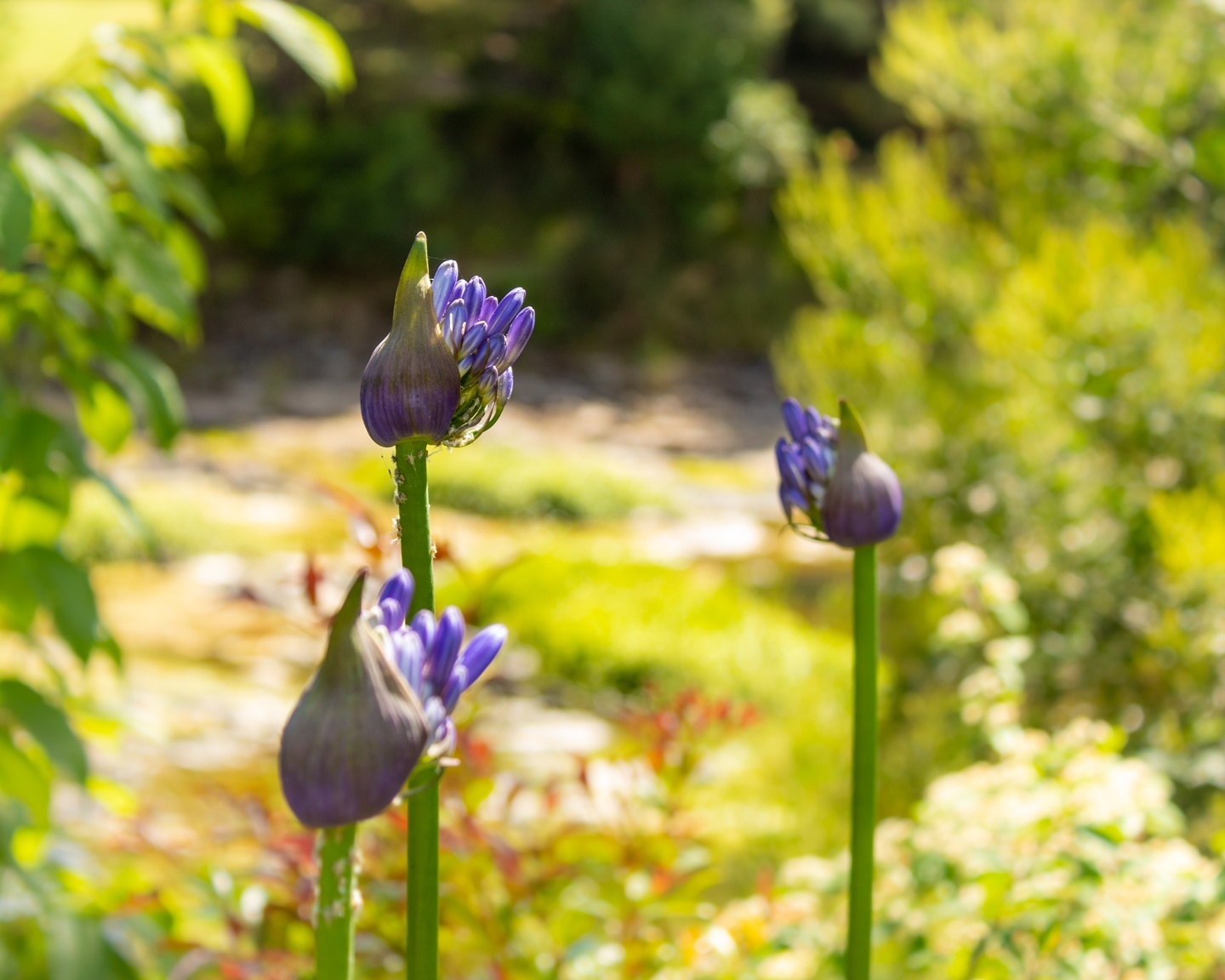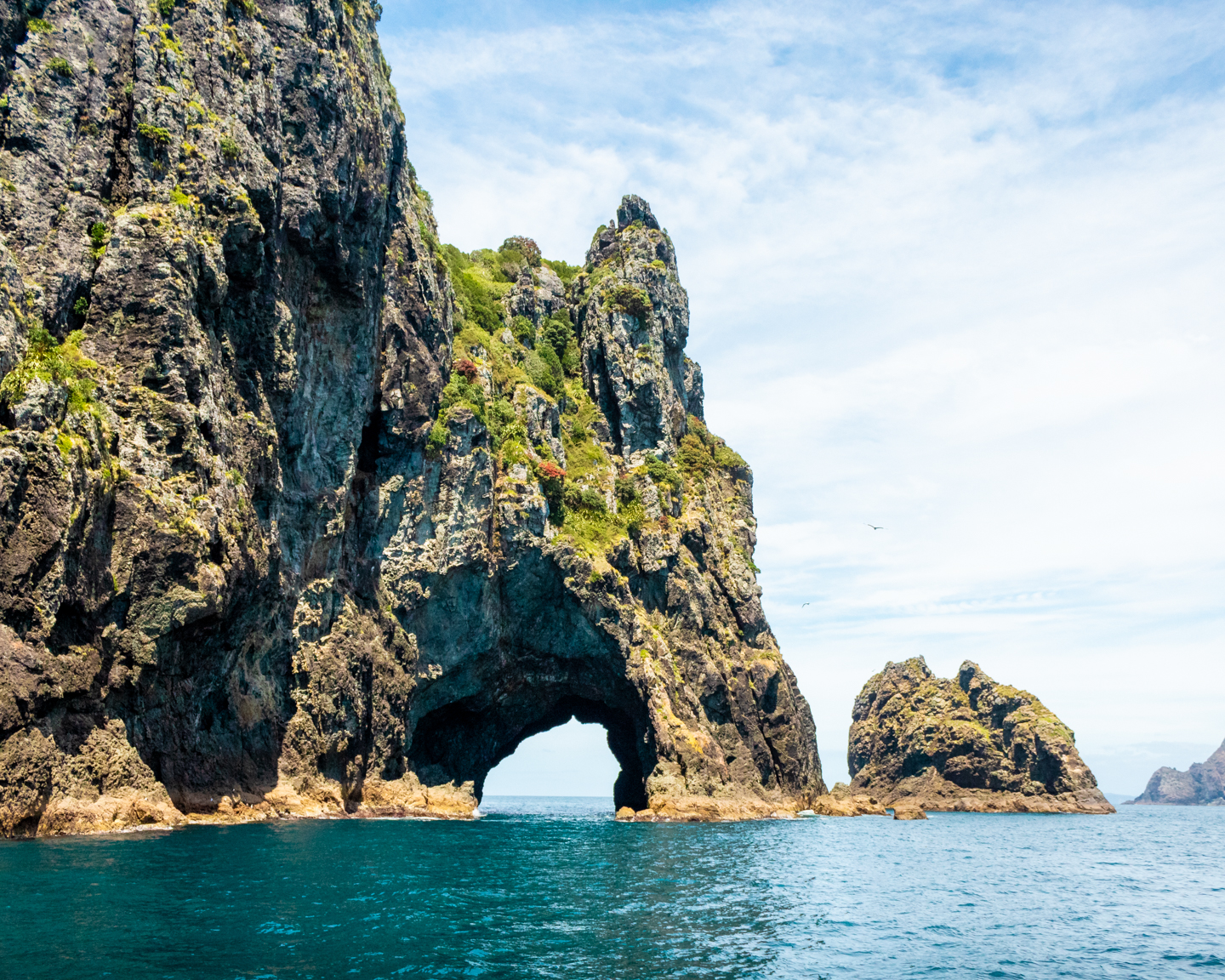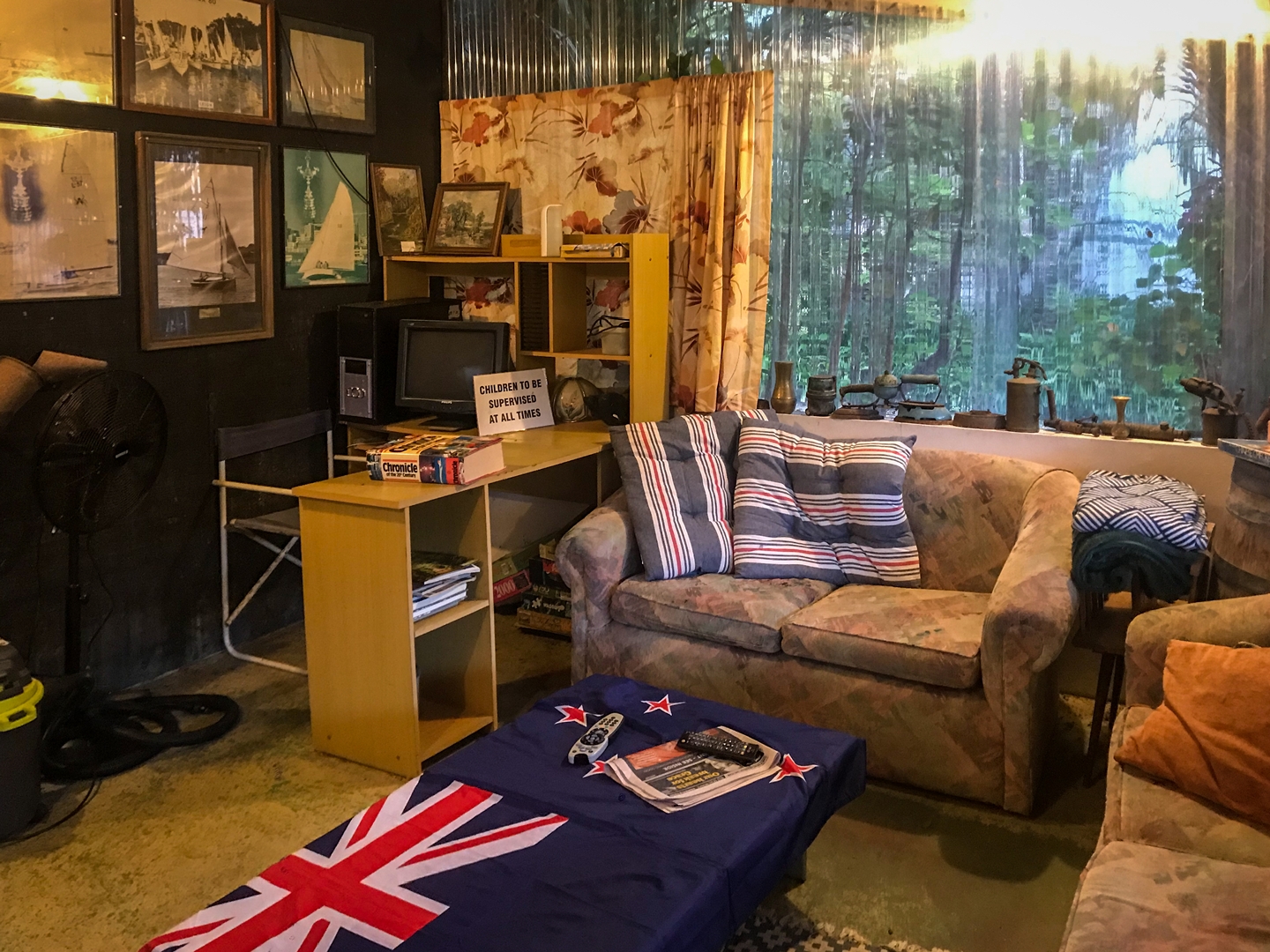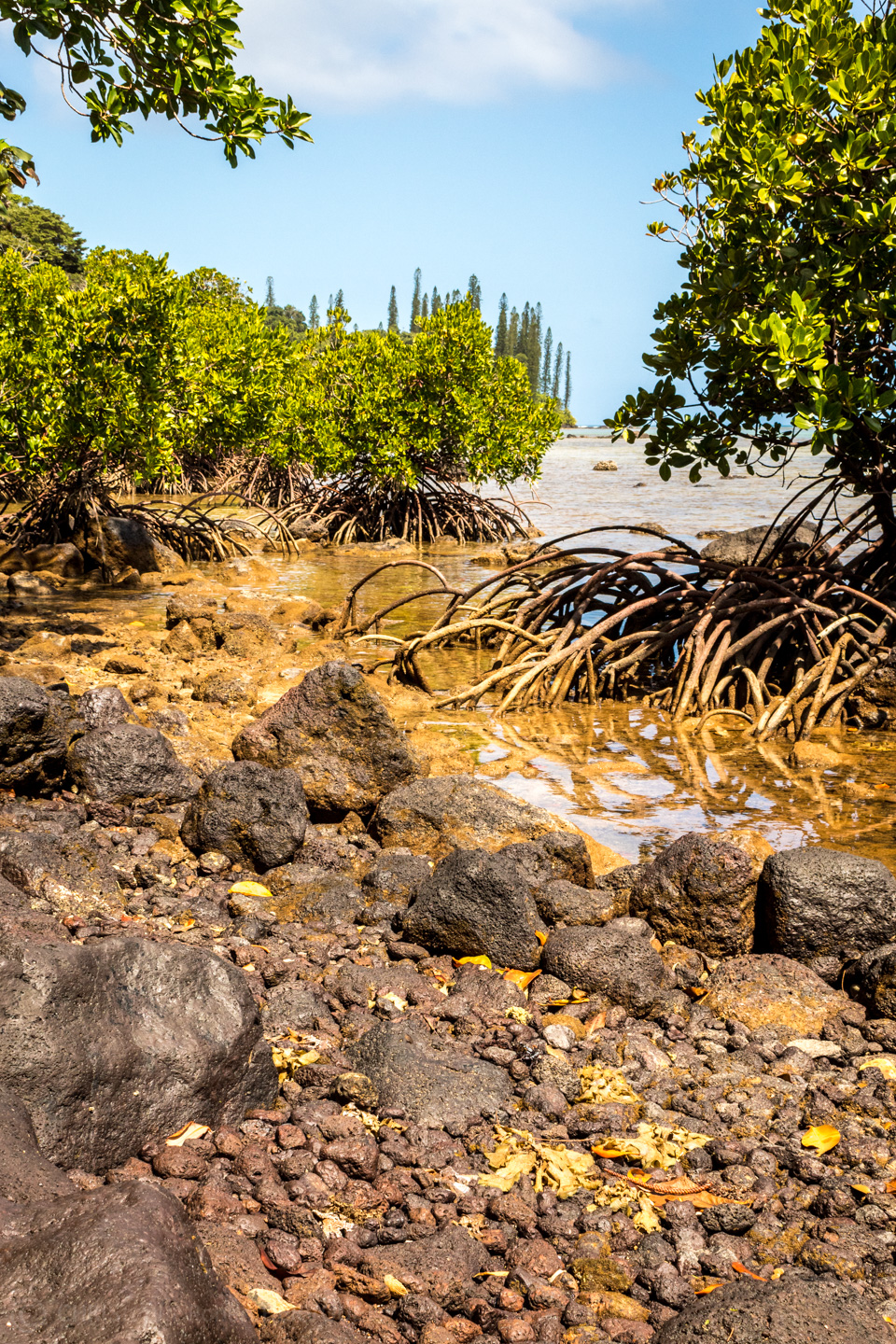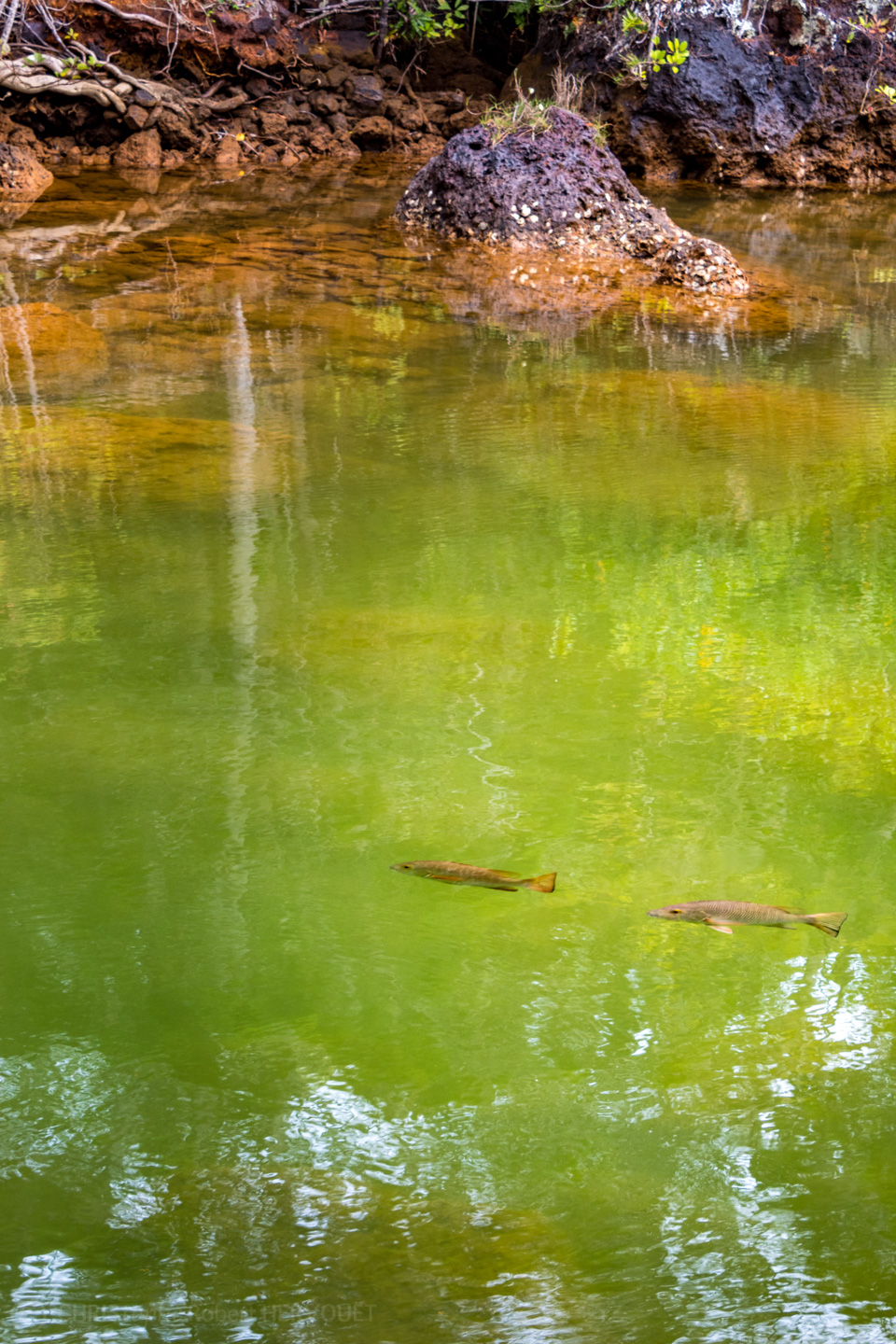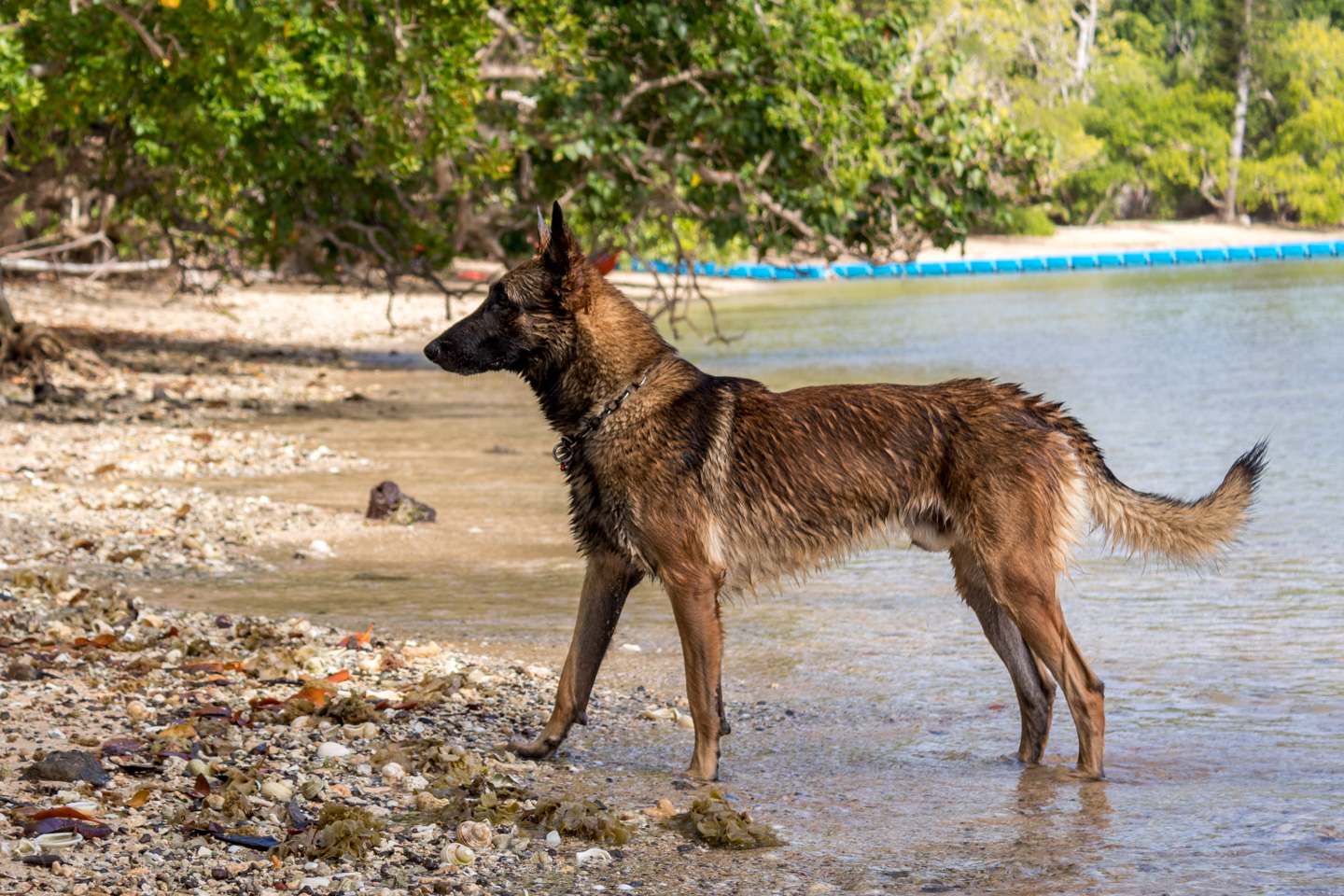Kuto, Isle Of Pines
I’m heading over to Isle Of Pines in a couple of days and it reminded me that I had photos dating back from 2014 of this place. So I went through my catalogue and found this one to share with you. Technically not the best image but it portrays an essence of this island. Tranquil waters, blue skies, traditional pirogues and the feeling of being isolated.
Isle Of Pines is situated at the southern most point of New Caledonia and is renown for it’s fine, white sand beaches. You get there by either boat or plane and both offer exquisite, though very different, views of the mainland and the surrounding islands. You also get to see the reef line, more islands and the different colours of the water by plane. By boat, you’re in the middle of it all with the smell of the sea and the wind in your hair, if you so choose to. Enjoy a drink and/or a snack as you make your way along the south/west coast. Personally, both are a must.
In 2014, I was there with my brother and friends. It was our first stop from of the P&O cruise ship holiday we were on. I had just received the Nikon D7100 with the Nikkor 18-105 mm kit lens a few days earlier so the cruise was my learning ground. For this image my intention was to have the pirogue in focus and the background a blurred. So I chose to go with an aperture of ƒ/5.6 thinking it would be enough to have the whole pirogue in focus and throw the background out of focus. Not the case. Now the background is blurred but not enough for my liking and the pirogue is not totally in focus. If I remember correctly, my focus point was the closest perpendicular bar on the pirogue side, thinking the depth of field would extend to the back and front of the pirogue. Once again, not the case. And though I had a shutter speed of 1/3200th, the focus point isn’t as sharp as I had hope it would be. At first I blamed the fact it was a hand-held shot but with a shutter speed that high my guess is the auto-focus didn’t quite lock-on as I took the shot. I should’ve taken more care and time though when checking the image on the back of the camera. I tried to correct the blurred pirogue in Lightroom but you can only do so much before ruin everything. In my opinion, a beautiful image nonetheless but technically not good.
As I said, I’m heading back to Isle Of Pines in a couple of days so I’m looking forward to capturing a sunrise, sunset and a starry night shot, if I’m lucky. I might even make a small video of my time there but not promising anything. See you when I get back.
NIKON D7100
24MP crop sensor DSLR camera (body only)
Nikkor AF-S DX 18-105mm ƒ/3.5-5.6G ED VR
NIKON Crop sensor STANDARD ZOOM lens

